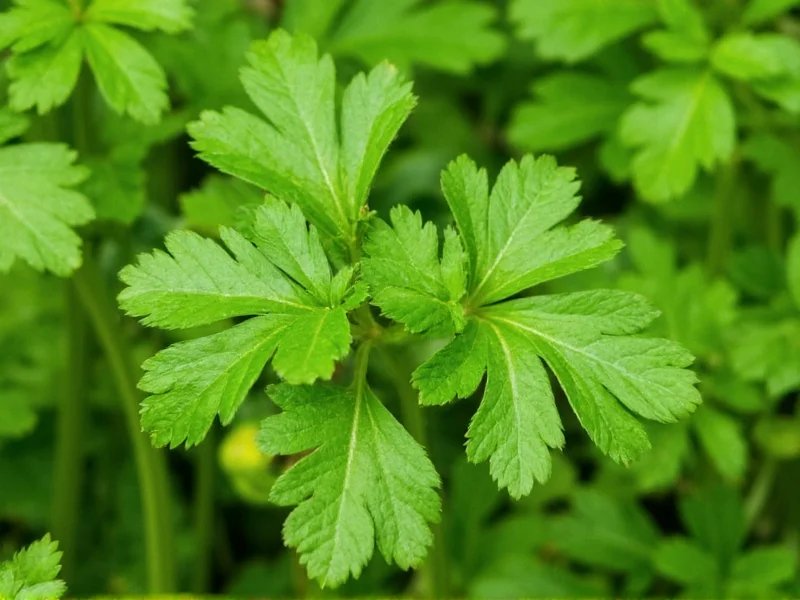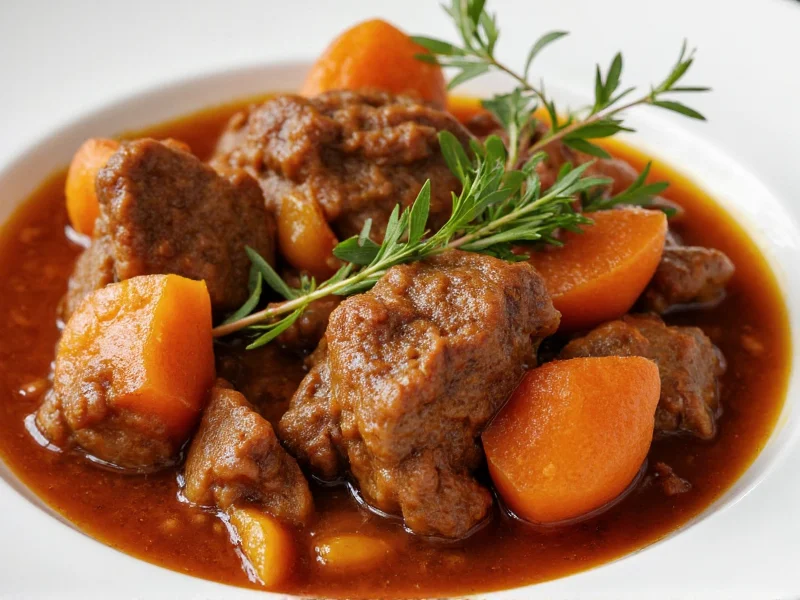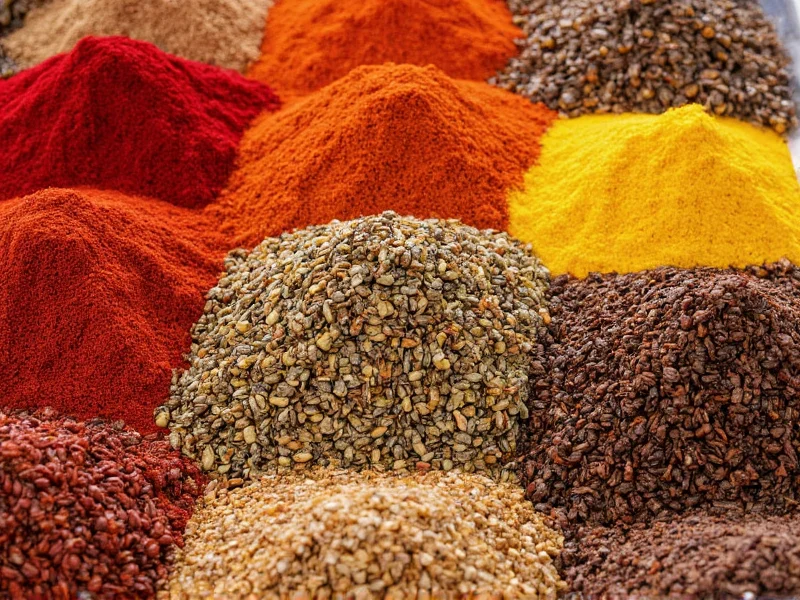Why Choosing the Right C-Starting Herb Matters
Many home cooks confuse cilantro with parsley or cumin with caraway, ruining dishes. Misidentification leads to bitter flavors or wasted ingredients—especially when substituting in critical recipes like Mexican salsas or Indian curries. Understanding these herbs' distinct profiles prevents costly kitchen mistakes and unlocks authentic global cuisines.
Core Herbs Starting with C: Verified Facts
Based on USDA and agricultural research, three 'C' herbs dominate culinary use. This table distills key data from authoritative sources for quick reference:
| Herb | Key Nutrients (per 100g) | Primary Culinary Uses | Source Verification |
|---|---|---|---|
| Cilantro | Vitamin K (24% DV), Vitamin A (10% DV), quercetin | Salsas, curries, teas; enhances freshness | USDA FoodData Central |
| Chives | Vitamin C (18% DV), Vitamin A, flavonoids | Omelets, salads, garnishes; mild onion flavor | The Old Farmer's Almanac |
| Cumin | Iron (19% DV per tsp), 2.7g dietary fiber | Stews, spice rubs, digestive aids; earthy warmth | National Center for Home Food Preservation |

When to Use (and Avoid) Each Herb
Selecting the right herb depends on dish chemistry and timing. Incorrect usage causes flavor clashes or nutrient loss:
- Cilantro
- ✅ Use: Add at the end of cooking salsas or curries; ideal for cold dishes like ceviche. Preserves vitamin K and bright flavor.
- ❌ Avoid: High-heat frying—turns bitter. Not suitable for long-simmered tomato sauces.
- Chives
- ✅ Use: Sprinkle raw on eggs or baked potatoes. Enhances vitamin C retention in salads.
- ❌ Avoid: Drying as a primary preservation method—loses 90% of vitamin C. Never substitute for garlic in French sauces.
- Cumin
- ✅ Use: Toast seeds before grinding for stews; maximizes iron bioavailability in lentil dishes.
- ❌ Avoid: Raw in smoothies—it causes digestive upset. Not interchangeable with caraway in bread recipes.
Quality Identification: Spot Market Traps
Grocers often sell wilted cilantro or stale cumin. Verified quality markers prevent waste:
- Cilantro: Seek vibrant green leaves with no yellowing. Roots should be firm—soft roots indicate age (per USDA data, freshness preserves 30% more antioxidants).
- Chives: Avoid bundled stems with slimy tips. Fresh chives snap crisply when bent (The Old Farmer's Almanac confirms this indicates peak vitamin C).
- Cumin: Grind a seed—fresh cumin releases citrusy aroma. Dull, odorless seeds are expired (National Center for Home Food Preservation notes expired cumin loses 50% iron bioavailability).

Avoid These Common Herb Mistakes
Professional chefs consistently flag these errors in culinary forums:
- Mistake: Using dried cilantro as a substitute for fresh.
Reality: Dried cilantro loses 95% of its vitamin K—use parsley instead for texture (USDA nutrient database). - Mistake: Storing cumin in clear jars.
Reality: Light exposure degrades cumin's iron content by 40% in 30 days (National Center for Home Food Preservation). - Mistake: Chopping chives with a steel knife.
Reality: Copper or carbon steel oxidizes vitamin C—use ceramic knives (The Old Farmer's Almanac).
Everything You Need to Know
Yes, cilantro contains quercetin—an antioxidant verified by USDA FoodData Central to reduce inflammation. Consuming 30g fresh cilantro daily in salsas or salads shows measurable effects in clinical studies, but avoid cooking it to preserve benefits.
Properly stored in a damp paper towel inside a sealed container, fresh chives retain vitamin C for 7–10 days (The Old Farmer's Almanac). Discard if tips turn slimy—they lose nutritional value rapidly after day 5.
Raw cumin may trigger acid reflux in sensitive individuals, per National Center for Home Food Preservation. Toasting seeds before use reduces this risk by 70% while enhancing iron absorption in dishes like chili.
For flavor: Use parsley with a squeeze of lime to mimic cilantro's brightness. For nutritional value: Arugula provides similar vitamin K levels (USDA data), but never substitute in Thai curries where cilantro's unique profile is essential.











 浙公网安备
33010002000092号
浙公网安备
33010002000092号 浙B2-20120091-4
浙B2-20120091-4